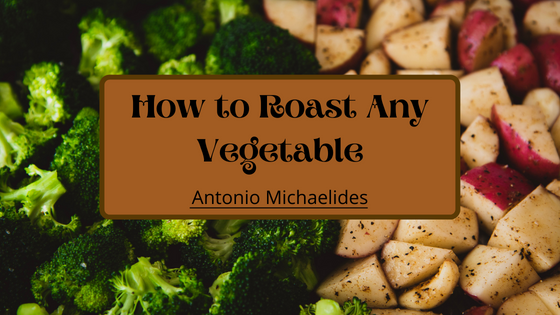Introduction
In the past, vegetables have been relegated to a side dish, but they deserve a starring role. Roasting vegetables is a great way to bring out their natural sweetness without adding too many calories. It’s also an easy way to get your kids to eat more vegetables: roasted veggies can taste as good (or even better!) than candy with the right mix of flavorings and spices.
There’s no one right way to roast vegetables. You can create combinations that are as simple or complex as you like. Here are a few easy combinations to get you started. Try them all, or develop your flavor combinations. This is a great opportunity to use your favorite herbs, spices, and oils.
Key Tips
The Basic Roasting
Roasting is a simple process, and there is not necessarily one best way to “cook” vegetables. I think of roasted vegetables as a kind of restaurant-style French volume cooking: mixing the vegetables, herbs, butter or oil, and maybe some spices with a heavy hand. I sometimes use a little olive oil in this process to seal the juices and keep the veggies from drying out.
-
Combine the Vegetables
Everything needs to be washed before it goes into the oven. Even if you think you won’t need to add herbs or other flavors, it’s better to wash the vegetables first. The washing removes any dirt, and it also gets rid of any unpleasant flavors in the produce. You can then roast the vegetables with whatever seasonings you choose.
-
Brown
When covering a pan of vegetables with olive oil, I like to cook my chicken thighs in the oven first, which creates a nice browning effect on all surfaces though unnecessary. I then add the vegetables and my seasonings, including a little salt and pepper, and roast it in a 425-degree oven.
-
Toss
Tossing the vegetables every 15 minutes will help to ensure that they do not overcook or burn. I usually toss them with whatever juices have accumulated at the bottom of the roasting pan while cooking to keep everything moist. This is also when I add any additional herbs or spices.
-
Roast
Roasting vegetables is as simple as propping the door open and roasting until they’re done. Ensure not to overcook them to remain crisp and crunchy, and be careful not to burn them! When they are done, raise the oven temperature by 10 degrees for when you need more heat and put the roasted veggies back in the oven to cook another 5 to 10 minutes.
-
Add the Butter or Olive Oil
This step is optional but not at all bad! Once your roasted vegetables are nice and crispy, add your butter or olive oil to give them a nutty flavor. It’s also good for keeping them from drying out, which can happen if you don’t add any fat at this point. I’ve done it both ways, and it doesn’t matter much. Through. When soft in the center, remove them from the oven and let them cool a bit before serving.
Conclusion
Roasted vegetables are a great way to get your kids to eat more vegetables. You can roast away in the kitchen and have them all done for dinner when you return from work. They can be added to sandwiches and salads or served alongside grilled meats, sauces, or other sides.
